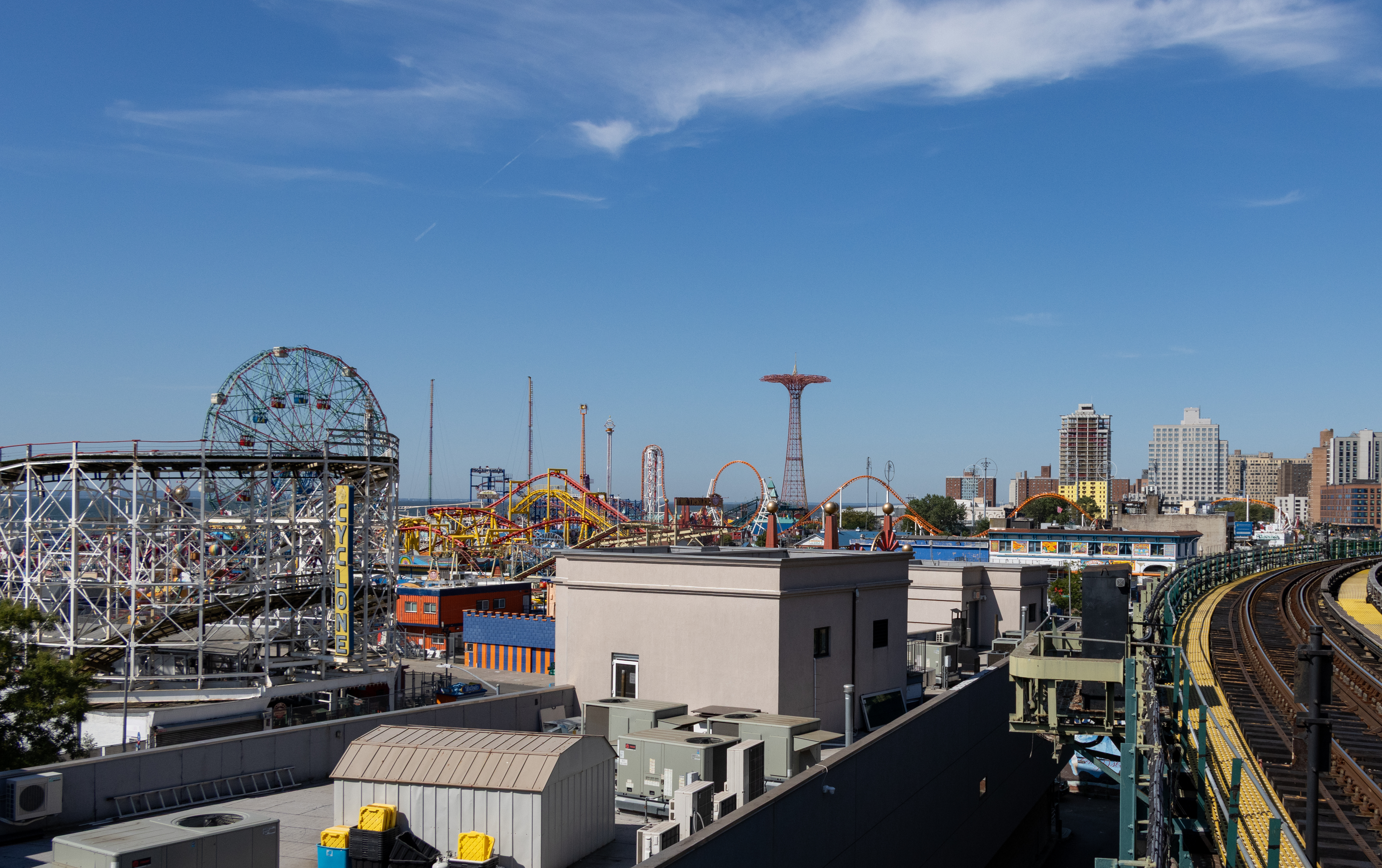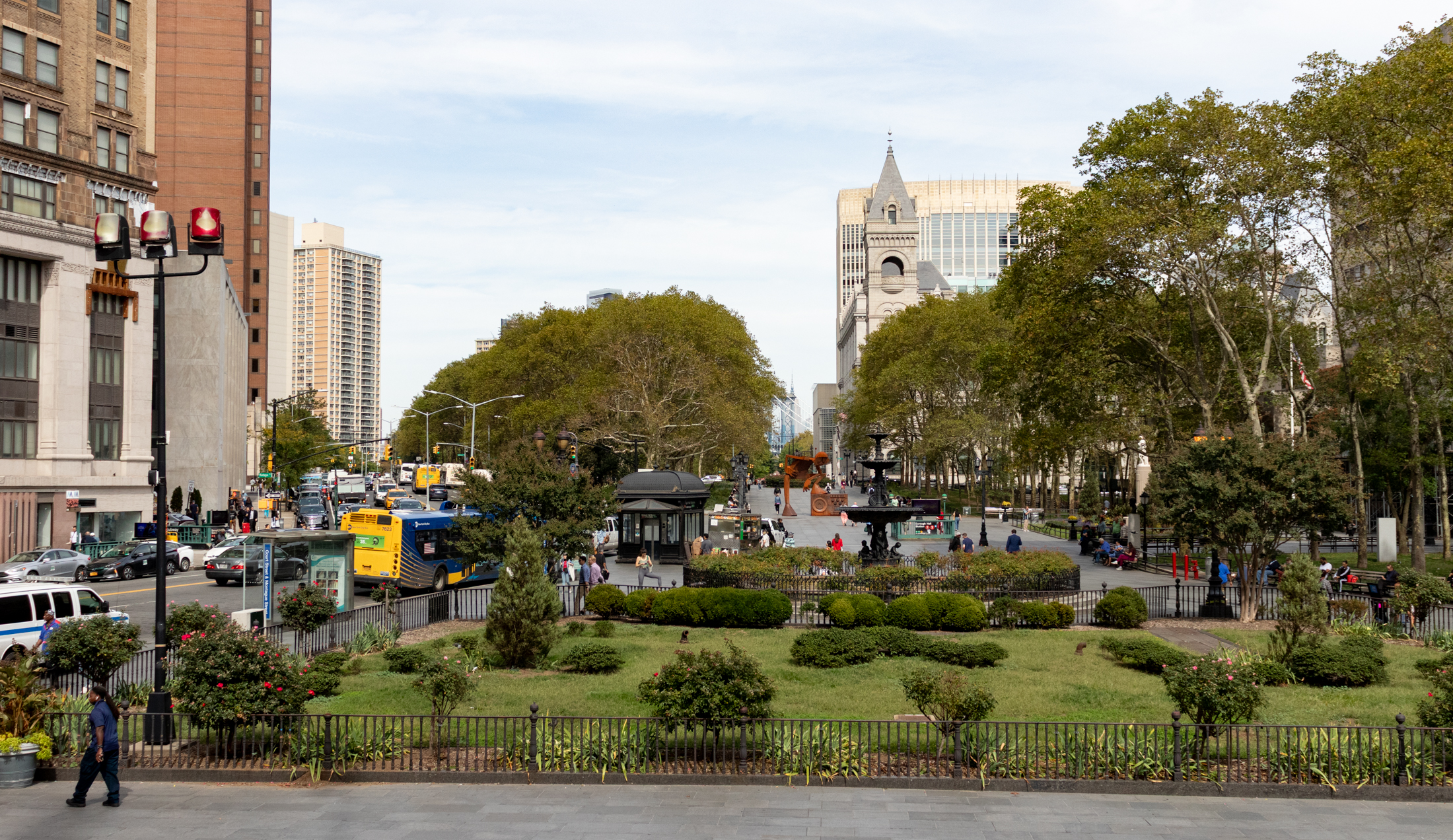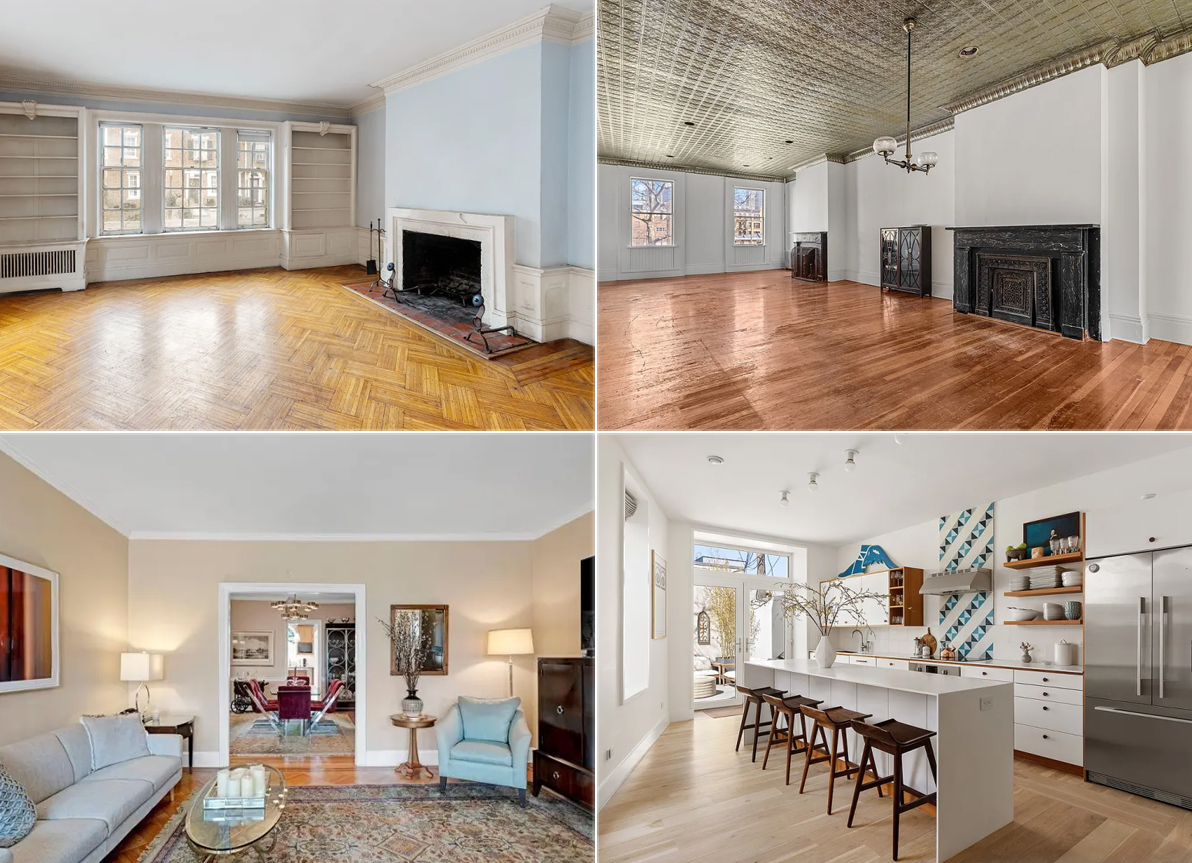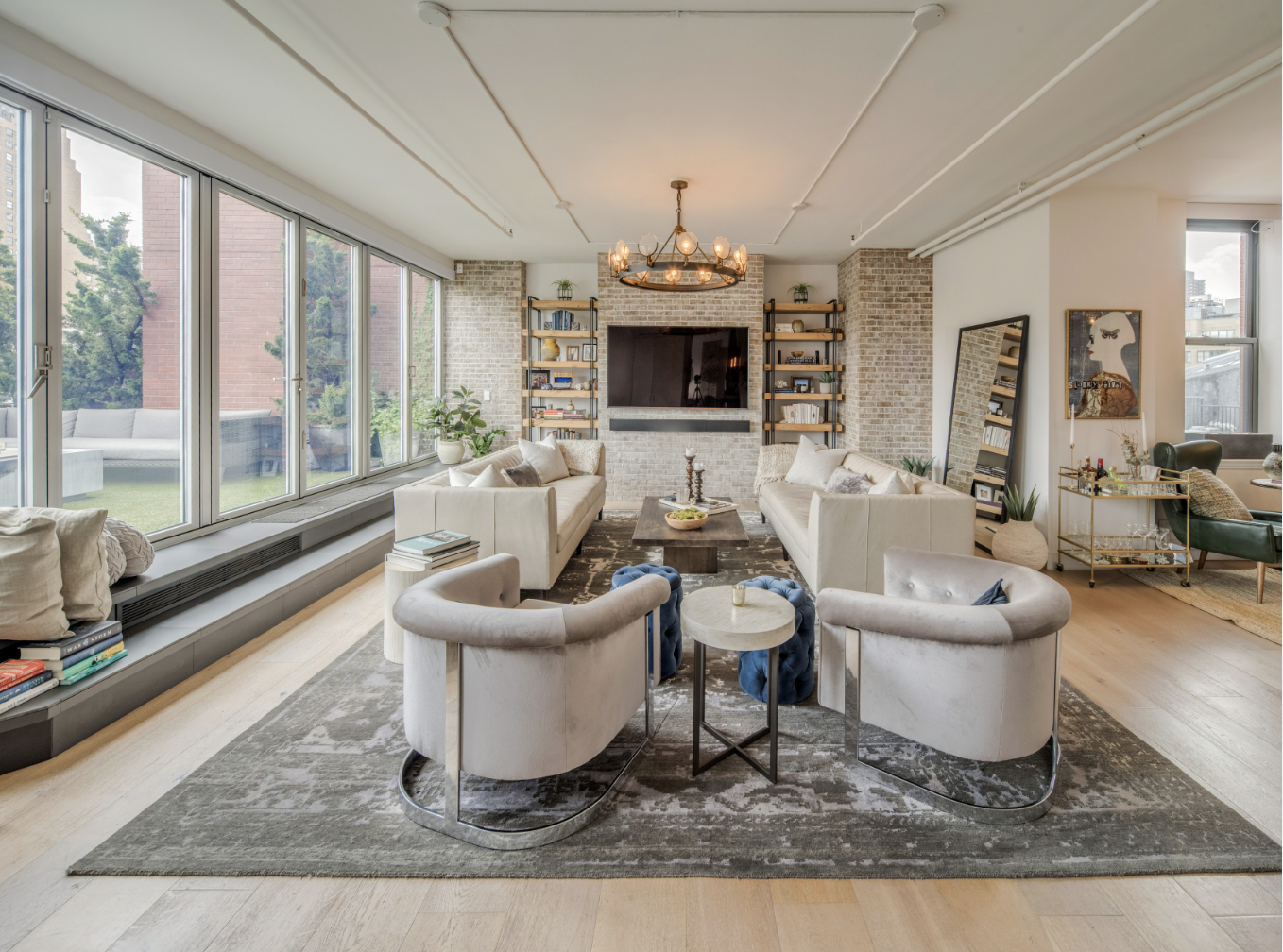Modern Design: Brooklyn Plagued by Mediocrity
We had just read Nicolai Ouroussoff’s article yesterday raving about Jean Nouvel’s two new residential buildings in Manhattan (which we share his enthusiasm for) on the subway and were walking down Washington Street towards our office in Dumbo when we were confronted with this vision of the Beacon and J Condo. All we could think…


We had just read Nicolai Ouroussoff’s article yesterday raving about Jean Nouvel’s two new residential buildings in Manhattan (which we share his enthusiasm for) on the subway and were walking down Washington Street towards our office in Dumbo when we were confronted with this vision of the Beacon and J Condo. All we could think was, “How mediocre.” The following statement from the Ouroussoff piece certainly couldn’t have been written about either of the new Dumbo towers or much else that’s been built in Brooklyn during the current building boom: “Mr. Nouvel doesn’t reject this history; he tips his hat to it, showing us what can be accomplished through ingenious planning and calculated consideration of the setting.” Besides Richard Meier’s design for On Prospect Park, there’s very little recent architecture that would merit the attention of critics. (The fiberglass house on Vanderbilt Avenue is one exception. What are some others?) We understand that the economics probably aren’t as compelling for starchitect-designed developments, but that’s no excuse for the lackluster buildings that will define the skyline for decades to come. There are certainly plenty of un-famous architects out there who could do better than the status quo. The hurdle: A little imagination and appetite for risk on the part of developers.
Seductive Machines for City Living [NY Times]





This is more complex than BS makes it out to be. Design is only one aspect of an architect’s service. The design portion of a project is probably 10-15% of the entire scope of services. All developments that are ground up require the architect to produce building department application sets and comprehensive construction bid documents. The architect typically monitors the project as well. It is hard to find firms that excell at all aspects of the service. I bet that most developers would prefer to go with a firm that was better at drawing production and project management then say design.
Furthermore, as far as I know banks don’t typically like to lend money on projects that have higher than proven market pricing and/or incorporate materials and construction details that are atypical.
Residential real estate development is inherently risky. Why should a developer take on more risk if they are already saddled with market risk, interest rate risk, construction risk, etc. In order to mitigate these risks the developer would have to pass some of them on to the buyer in the form of higher prices. It looks and sounds like, in Brooklyn anyway, that the end-user is unwilling to accept that risk.
On Prospect Park should give some insight into how much responsibility the end-user is willing to take when it comes to balancing the risks associated with “good design.”
i agree. while brooklyn may be lacking in its design for new developments, i’d argue that we’ve got probably one of the better senses of restoration of anywhere in the country….
Don’t want to turn this into a Minneapolis Brownstoner – tho if Mr. B hasn’t already thought about expanding this concept in general to other cities I’d be surprised – but I think you have to compare apples to apples here. The Walker and the Guthrie are indeed groovy (though also flawed, methinks, but not relevant here) but you don’t compare them to residential developments, you compare them to other museums or theaters. Say, the new/revived MOMA. And I think there are people doing all sorts of interesting things with brownstones, but landmarking means you will almost never be able to tell that from the outside.
Just think, they could have done something similar to the burned warehouses in Red Hook:
http://www.nationaltrust.org/Magazine/archives/arc_news/091003.htm
I wasn’t saying we should all move there, 12:20. I was just saying that not all hipness is centered in NYC anymore, and that in fact, there are more interesting buildings getting built in other cities in the country now. All cities have some ugly buildings, but compare Brooklyn’s new buildings to Minneapolis’ new buildings – the new Walker Art Center, the new Guthrie Theatre, the condo conversions in the warehouse district, the old mill building on the river that was gutted by fire many years ago and the inside all rebuilt very modern with an all-glass wall in back. Where you can look out and see the ragged edges and ruins of the burnt out shell of the building on the sides. Sorry, no developer is doing innovative buildings like those in Brooklyn.
The mediocrity is certainly everywhere in Brooklyn (and beyond). Short of AiB’s development czar, the market will always dictate. And unfortunately, the market of the past few years has been a seller’s market. Combine that with the fact that (most) development is all about maximizing every last penny, and its a race to the bottom.
But we’re buying it, so we really don’t have anyone else to blame.
This came up in a post yesterday on North 5th Street, and AiB and Brownstoner have echoed my sentiment there – good design is not about being modern or historicist, its just about good design.
Finally, the blame does not rest entirely with developers and their architects. Marketers deserve a lot of the blame for the banal cookie-cutter architecture we see everywhere. They dictate layouts, finishes and so much more. The result is the off-the-rack mediocrity we see everywhere.
agree completely about la salle house – those kinds of projects are great in an intimate way. the mix of that with beautiful old b’stones is wonderful. throwing in the fedders bldgs and those weird faux fancy jobs with ornate balconies and cheap brick is just plain gross.
If you want to see ugly…go to L.A. Then you won’t think NYC is so bad. At least we don’t have strip mall after strip mall…
new york has always been ugly.
that’s what makes it beautiful.
to not appreciate that is to not fully understand that which is great about this city.
sorry to sound so cliche, but it’s true.